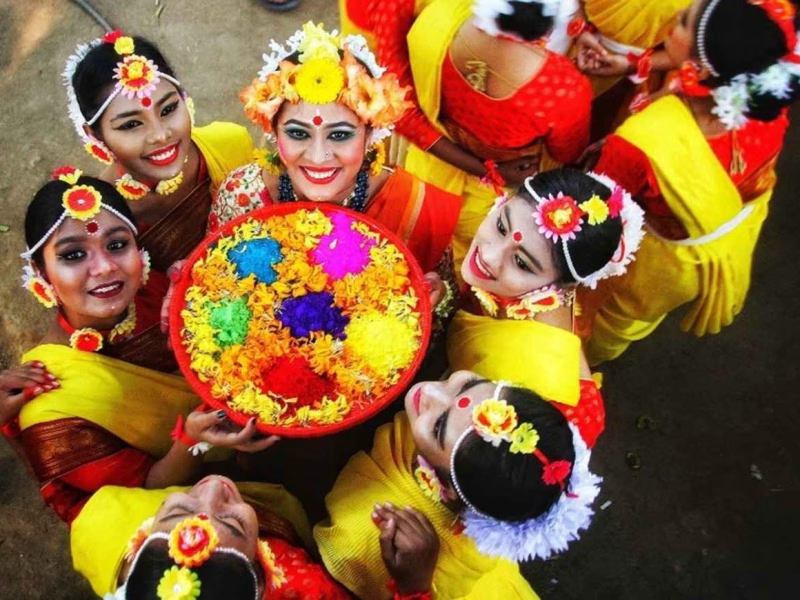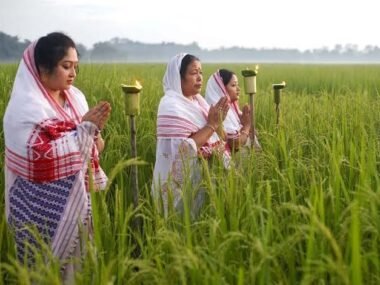Pohela Boishakh, the Bengali New Year, marks the first day of the traditional Bengali calendar. In recent times, this vibrant celebration is set to take place on April 15, ushering in the year 1432. The timing aligns with Mesha Sankranti, an astronomical event symbolizing the Sun’s transition into the zodiac sign of Aries.
Understanding Pohela Boishakh
The name Pohela Boishakh literally means the first day of Boishakh, which is the first month in the Bengali calendar. It’s a day of fresh starts—celebrated with a mix of spiritual rituals, cultural performances, and communal festivities. Traditional songs, dances, and a feast of Bengali cuisine fill the day with energy and joy.
Regions That Celebrate
Pohela Boishakh holds significant cultural value in West Bengal, as well as among Bengali communities in Assam, Tripura, and Bangladesh. In Assam, it coincides with Bihu, the Assamese New Year, creating a shared atmosphere of festivity across cultures.
A Glimpse into the Past
The Bengali calendar has its roots in the 7th century, introduced around 594 CE during the reign of King Shashanka. In Bangladesh, Pohela Boishakh has been officially celebrated on April 14 since 1987. In India, the date varies slightly—falling on April 14 or 15, depending on local traditions.
Evolution of the Bengali Calendar
Known as the Bangabda, the Bengali calendar originated in 594 CE, with historical credit often given to King Shashanka. Later, Emperor Akbar reformed the calendar to better align with agricultural cycles by combining lunar and solar elements. The calendar features 365 days, with months varying in length.
Calendar Reform in Bangladesh
To enhance accuracy, a calendar reform committee led by Muhammad Shahidullah proposed changes in 1966. These were implemented in 1987, resulting in a structure where the first five months have 31 days and the rest have 30. This system is now used in Bangladesh, although West Bengal continues to follow the traditional lunar-based system tied to Hindu festivals.
Why It Matters
More than just a New Year celebration, Pohela Boishakh is a deep expression of Bengali culture and identity. It’s a time to reconnect with heritage through arts, music, traditional foods, and community fairs. Streets come alive with processions and colorful attire, symbolizing unity and pride in cultural legacy.












